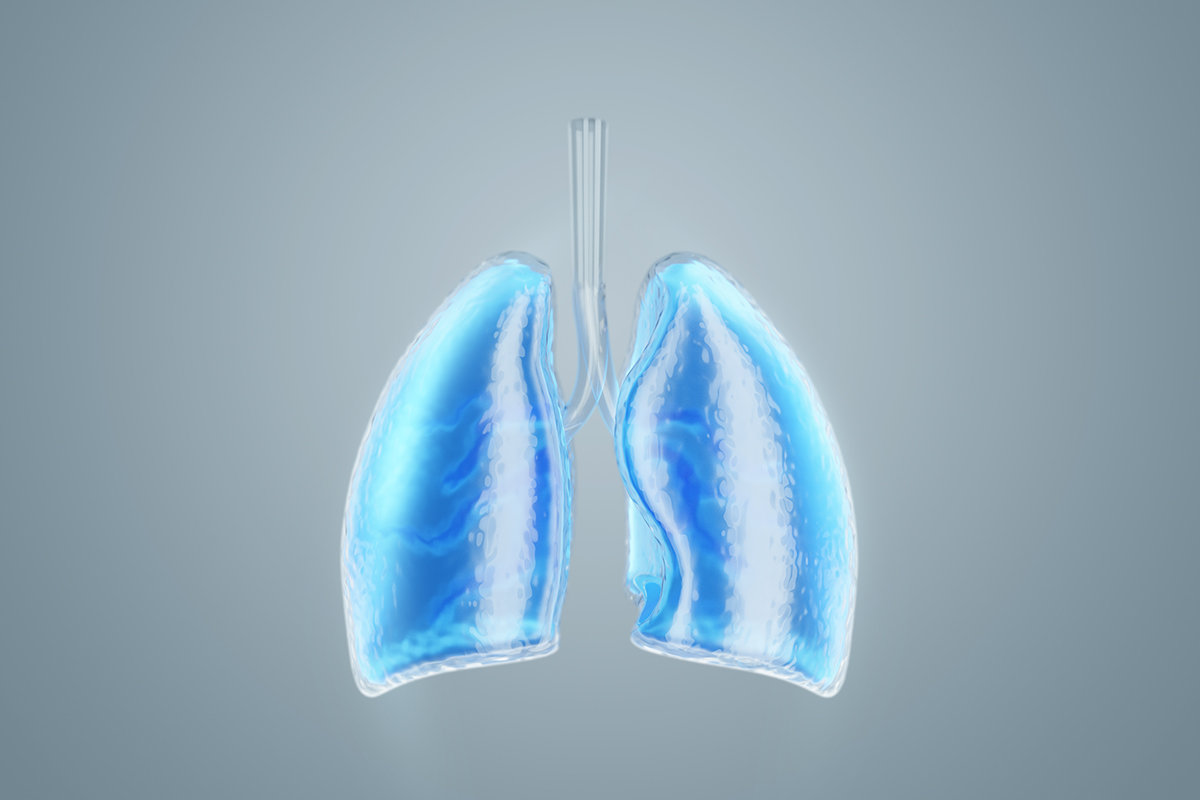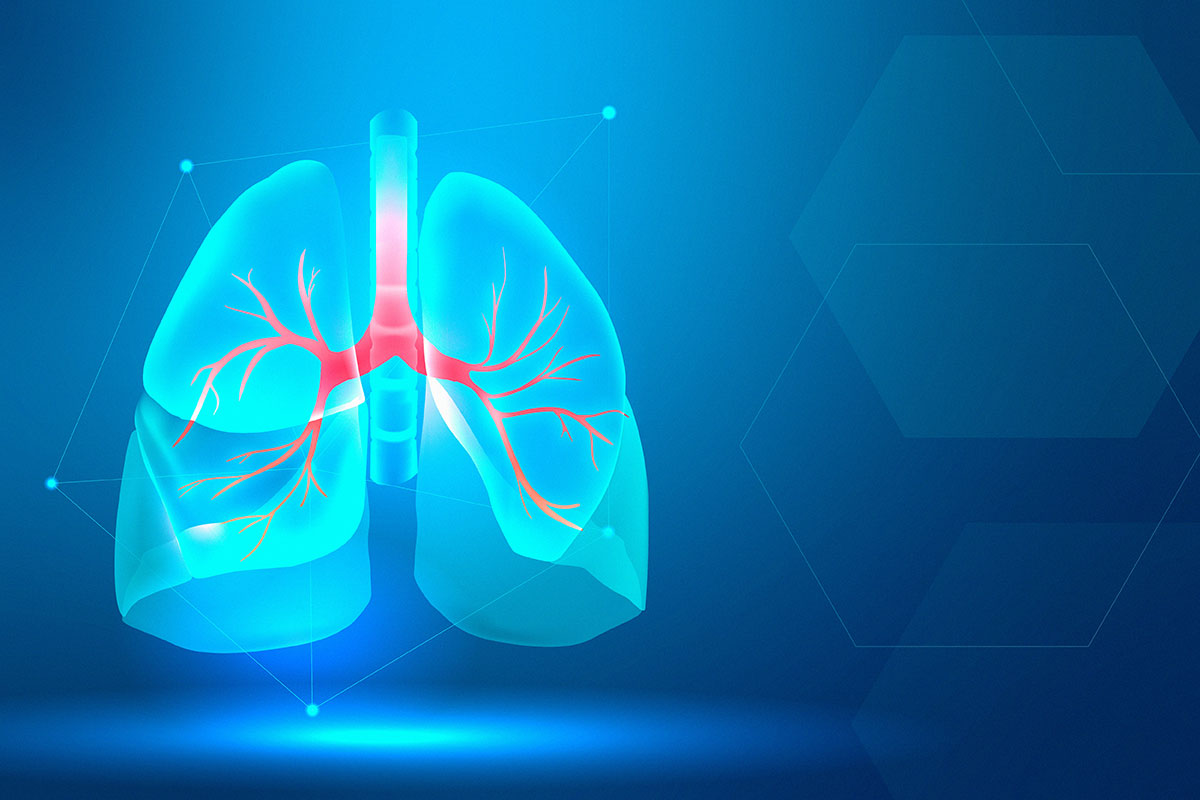
Summertime Respiratory illness
Summertime Respiratory illness
Everyone is aware of the difficulty in fending off respiratory infections during the colder months. Did you know that our lungs and breathing can be affected by high temperatures? People with respiratory conditions are particularly vulnerable to extremes of temperature and humidity, as well as to extremely dry conditions.
Breathing problems like asthma, bronchitis, emphysema, and chronic obstructive pulmonary disease (COPD) are extremely common.
What effects does breathing in hot, humid air have on the lungs? Hot weather is associated with an increase in the aggravation of chronic obstructive pulmonary disease (COPD), a disease that is common among smokers, as a result of airway inflammation, dehydration, and easy fatigue.
Hemoptysis, or the presence of blood in the sputum, is seen in patients with active pulmonary tuberculosis or old healed kochs who are dehydrated.
Eosinophilia, followed by Bronchitis, is brought on by the increased pollen count in the air during the beginning of summer. Degree of Asthma Severity
People of all ages are more likely to contract upper respiratory tract infections and Atypical pneumonia like Legionella due to the increased use of air conditioners, fans, and refrigerators during this time of year.
When it comes to treatment, what are my choices? In order to make an accurate diagnosis, it is necessary to examine your symptoms, learn about your family's health history, and understand the types of lung irritants you've been exposed to, most notably tobacco smoke. The following diagnostic procedures may be necessary:
is the most common test used to measure lung (pulmonary) function, and it involves blowing into a large tube connected to a small machine. The results of this test reveal the amount of air that can be held by the lungs and how quickly it can be expelled. Other available tests include a six-minute walk test, pulse oximetry, and measurements of lung volume and diffusing capacity.
The patient had a chest X-ray taken. Chest X-rays can detect emphysema, a major contributor to chronic obstructive pulmonary disease. In addition to diagnosing lung disease, an X-ray can rule out heart failure and other potential causes.
Emphysema can be diagnosed and the potential for surgical treatment of COPD can be evaluated with a computed tomography (CT) scan. CT scans are useful for diagnosing lung cancer as well.
Examining arterial blood gas analysis can reveal how efficiently your lungs are at delivering oxygen and flushing out carbon dioxide. Analyses in the Lab: Despite the fact that laboratory tests aren't used to diagnose COPD, they can help you determine the source of your symptoms and rule out other potential conditions. Those with a family history of chronic obstructive pulmonary disease (COPD) may be tested for alpha-1 antitrypsin deficiency.
Be sure to give your air conditioner or fan a good cleaning before you use it. Improper cleaning of cooling equipment like air coolers and air conditioners can cause pneumonia and other mysterious symptoms, requiring hospitalisation, a chest x-ray, and a CT scan to pinpoint the source. Atypical pneumonia (also known as walking pneumonia) is diagnosed and treated differently depending on the causative organism, which can be anything from legionella to mycoplasma.



0 comments